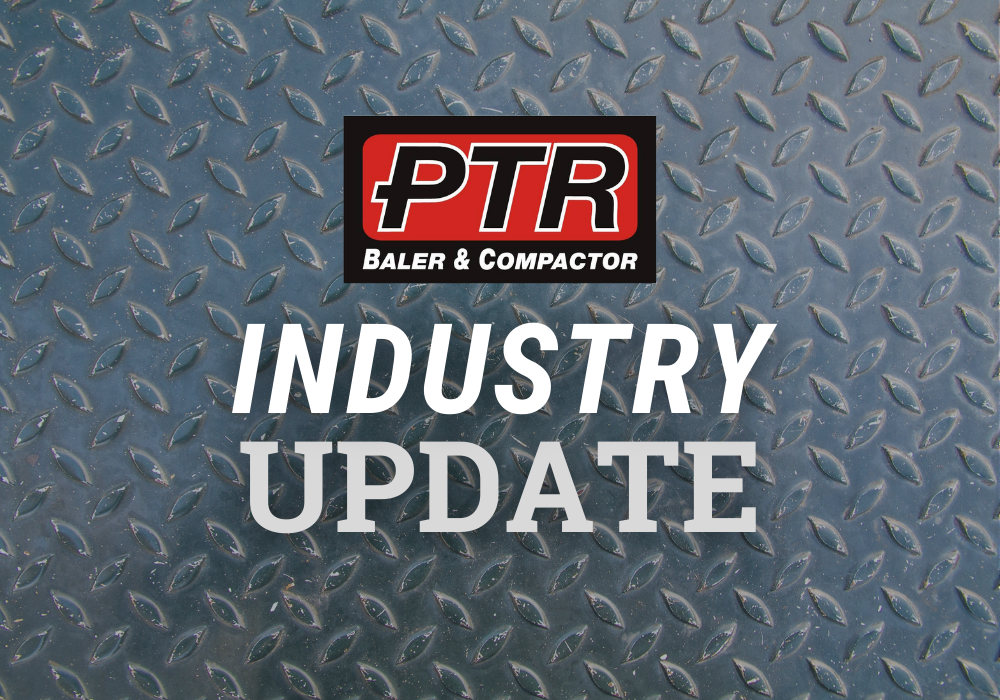-
24
Mar
A Look at the Steel Industry During The Pandemic

The Fabricator is a magazine that provides market, industry, and product news to metal fabrication professions. Back in April 2020, they published an article called, “A brief history lesson on steel prices during crises”. It was the very early stages of the Covid 19 Pandemic, and the publication drew comparisons to the Great Recession of 08-09 in order to gauge how the steel industry would be affected by the global health crisis.
Reading this article nearly a year later, we know the steel industry, and all those industries that rely on it, are continuing to face significant challenges.
In Spring 2020, steel production and prices were indeed declining, but not nearly as severely as the Recession of ’08. Both hit suddenly and we saw a sharp decline in the demand and cost for steel. In 2020, mills were forced to close or drastically reduce their capacity, along with businesses across the globe.
Fast forward to mid-March 2021. While things are improving concerning the pandemic, many unknowns remain. Steel prices are now setting record highs. Demand is still grossly higher than what supply can keep up with. In an article published just a few days ago, “Steel prices continue to set new record highs week after week’, The Fabricator provides an updated look at how this is presenting very real challenges to fabricators and buyers alike. Availability is restricted, and pricing has become almost unpredictable. Throw the growing inflation into the mix and the landscape looks even more unpredictable.
According to SMU (Steel Market Update), “the market on March 8-9 showed the benchmark price for hot-rolled steel reaching $1,270/ton ($63.50/cwt), topping the previous high mark set in 2008 by $200/ton.” (TheFabricator.com)
Things to consider as one navigates this:
1. How and when to pass the price increase along to the consumer. Now is the time to plan on how to roll this out.
2. Keep your eye on inflation indicators, in particular, wage increases. While some industries like construction and hospitality are seeing increases, this isn’t affecting all industries. Wage inflation is a key driver of inflation.
3. Consider stockpiling inventory. Not just with steel, but with any consumable or commodity that is used frequently. This locks on your costs for a period of time. If this isn’t possible, try to negotiate with your suppliers.
4. Build partnerships. Unprecedented times call for thinking outside of the norm. Analyze what type of unconventional business partnerships could help ease the burden of rising steel prices and production costs.
5. Don’t rely on one vendor. Another reason for the rising price of steel is supply chain issues. If possible, have several vendors you can rely on for steel and other commodities, in the event that one can’t deliver.
We post two blog updates here a month, but be sure to connect with us on LinkedIn, for more frequent industry news!
You can read the article from last year in its entirety here, and the latest article here.




